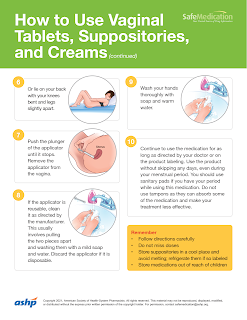Vaginal Route
Introduction
A range of vaginal dosage forms are currently available and used in practice. These include
- Vaginal pessaries (suppositories, tablets and capsules)
- Liquids (vaginal solutions, emulsions and suspensions)
- Semi-solids (creams and gels)
- Vaginal films
- Vaginal rings
- Tablets for vaginal solutions and suspensions
- Gaseous preparations (sprays and foams)
- Medicated vaginal tampons
Indications
This route of drug administration is
- Intended for a range of local effects.
- Treatment of vaginal infections (e.g. bacterial, viral and fungal).
- Local delivery of hormones for labour induction.
- Contraception via the delivery of spermicides.
- Bypassing first-past (presystemic) metabolism
- Commercial vaginal progesterone as part of the assisted reproductive technology treatment program for infertile women
- Oestradiol for the development of uterine lining to combat vaginal atrophy in postmenopausal women (hormone replacement therapy)
Disadvantages
- The vaginal route is sex-specific in nature.
- Can affect patient compliance especially for chronic ailments because of privacy and cultural aspects.
- Drug absorption can be affected by
- Menstrual cycle and hormonal variations
- Interpatient variations in the volume of cervicovaginal fluids.


Comments
Post a Comment